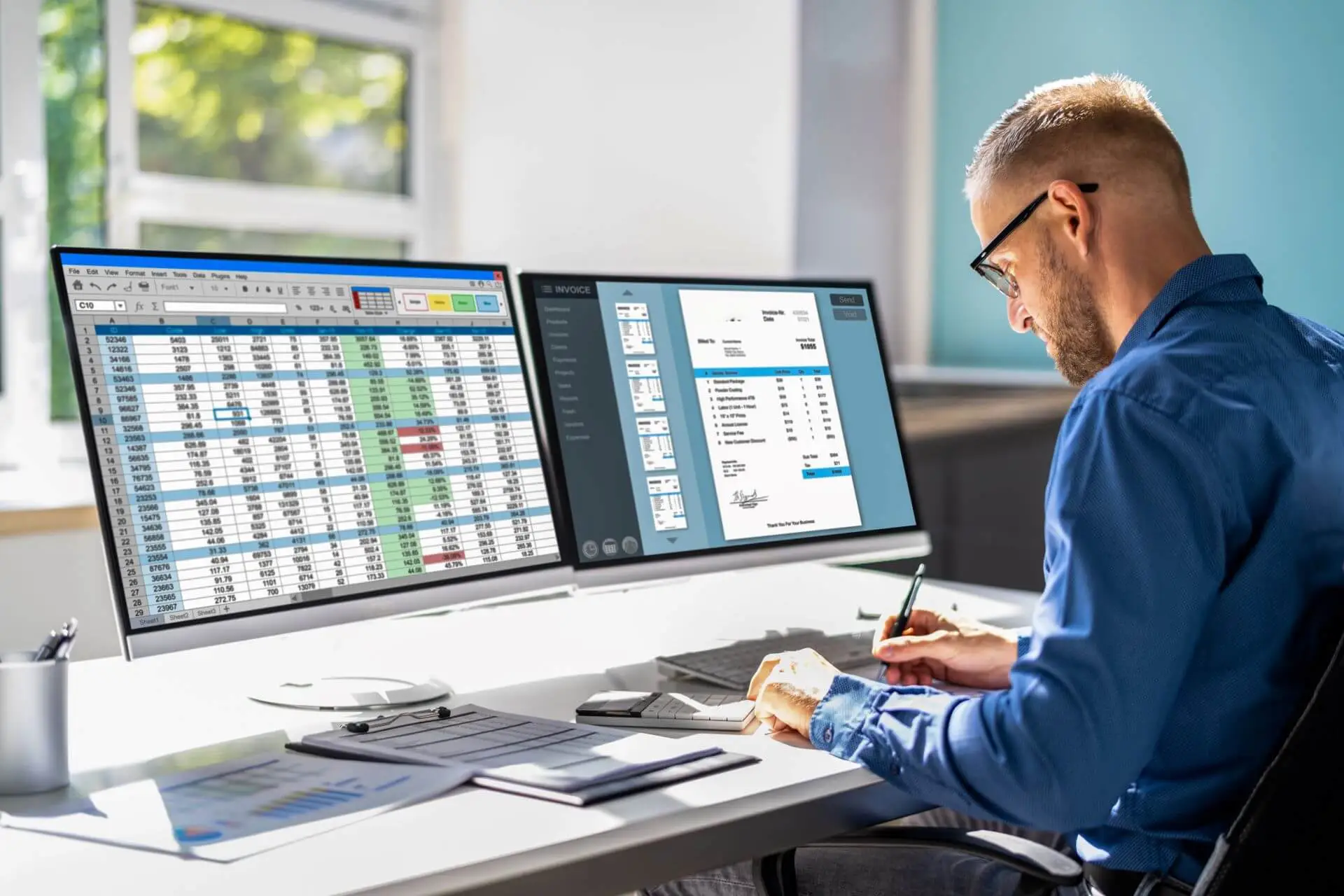A balance sheet lays out a business’s assets, liabilities, and owner’s equity in one financial statement. Along with the income statement and cash flow statement, it’s one of three essential financial documents every business owner should know inside and out.
The balance sheet shows you exactly what your business owns at a specific point in time.
A balance sheet follows a simple formula.
The formula goes like this: Assets = Liabilities + Owner’s Equity.
Basically, that formula says what your business has to pay for everything it owns, either through debt or investment.
This equation must always stay in balance. Don’t let the simplicity fool you. A well-prepared balance sheet contains a wealth of information, providing insight into your business’s current state and its potential future direction.
Balance sheets give you a snapshot of your financial situation within a set period of time.
Balance sheets are generated monthly, quarterly, and for the fiscal year.
It would seem logical to assume that a monthly balance sheet is not going to capture long-term trends. That’s not exactly true because the insights come when we compare the balance sheet to those of the same month of last year and the year before that.
Whether your business wants to identify trends or take steps to implement forecasting, the more historical data you have, the better.
Business owners, potential investors, and prospective lenders—all parties benefit when they’re holding an accurate balance sheet.
Business owners should review their balance sheet monthly to assess the financial health of their business.
Also, a balance sheet is useful in identifying potential investment opportunities.
All an investor needs is five or ten minutes with a stack of balance sheets to know whether a business is meeting its current obligations, by how much, and whether a company is capable of enough growth to justify its risk and provide a decent return.
A lender will also expect to see balance sheets.
What are the three parts of a balance sheet?
As I mentioned, the three sections of a balance sheet are:
- Assets
- Liabilities
- Owner’s equity
Okay, let’s go over the definitions quickly here.
Assets are things of value that a business owns, from office chairs to cash.
Assets are listed from top to bottom in order of their liquidity. They’re divided between current and non-current (also called long-term).
Current assets are those that can be converted to cash within a year. Think cash, securities, and inventory.
Non-current assets include property, intangible assets like trademarks, or anything else that can’t be liquidated in the next year.
Liabilities are things of value that the business owes in part or in full to another party.
Like assets, liabilities are split into current and long-term. They tell you your financial obligations and how much risk you’re carrying.
Current liabilities are those due within a year, like wages and short-term loans.
Long-term liabilities — anything due in more than one year — might include pension debt and deferred tax liability.
Owner’s equity is what’s left after assets are sold and debts are paid.
If you sold off all your assets and paid all your debts, equity is what would be left over. For corporations, this section is called shareholders’ equity. For small business owners, it shows your stake in the business.
You can use a balance sheet to identify potential risk areas.
Despite a balance sheet’s simplicity, it offers plenty of information through the use of several different ratios, each of which gives you actionable information.
A high debt-to-equity ratio may mean you’re overextended.
The formula is total liabilities divided by owner’s equity, and it tells you how much you rely on debt to finance operations. This ratio can help you decide whether it’s time to reduce liabilities or bring in capital.
Look for a debt-to-equity ratio above one-to-one.
This ratio (current assets divided by current liabilities) measures your business’s ability to pay short-term bills. If the ratio is above 1, it means you have more assets than liabilities.
The acid-test ratio tells you if you need to sell inventory.
The acid test ratio (quick assets divided by current liabilities) is similar to the current ratio, but stricter. It will inform you whether your business can meet its short-term obligations without selling inventory.
How much insight is there in a balance sheet?
Every balance sheet is valuable and contains insights. But, as small business owners, can we see everything? No.
It takes experience acting in a CFO role to see deeply into the numbers, but to get the most out of it, consider working with an on-demand CFO — someone who brings financial expertise and an outsider’s perspective.
An on-demand CFO will be the first to warn you of declining working capital.
Current and acid-test ratios aren’t everything. Even if your business is passing the eye test on these numbers, a steady decrease in working capital over time might indicate cash flow problems ahead. An expert can look at the quality of current assets to determine whether your business can cover its day-to-day operations.
CFO services look beyond what’s in the document and identify off-balance sheet risks.
Experts know to look beyond the balance sheet for signs of other liabilities. Legal risks and contingent liabilities won’t appear directly, but still impact your business’s finances.
An on-demand CFO has the skills to ensure accurate depreciation adjustments.
An on-demand CFO ensures depreciation is applied correctly to assets, spreading their cost over time. They’ll prevent overstating an asset’s value on the balance sheet, so you’ll report your finances accurately.
Get a financial and business partner who can read a balance sheet.
Your business needs an on-demand CFO to make the most of your balance sheet.
Schedule a discovery call today, and we’ll get to work on it.
Talk soon,
Jeremy A. Johnson, CPA


